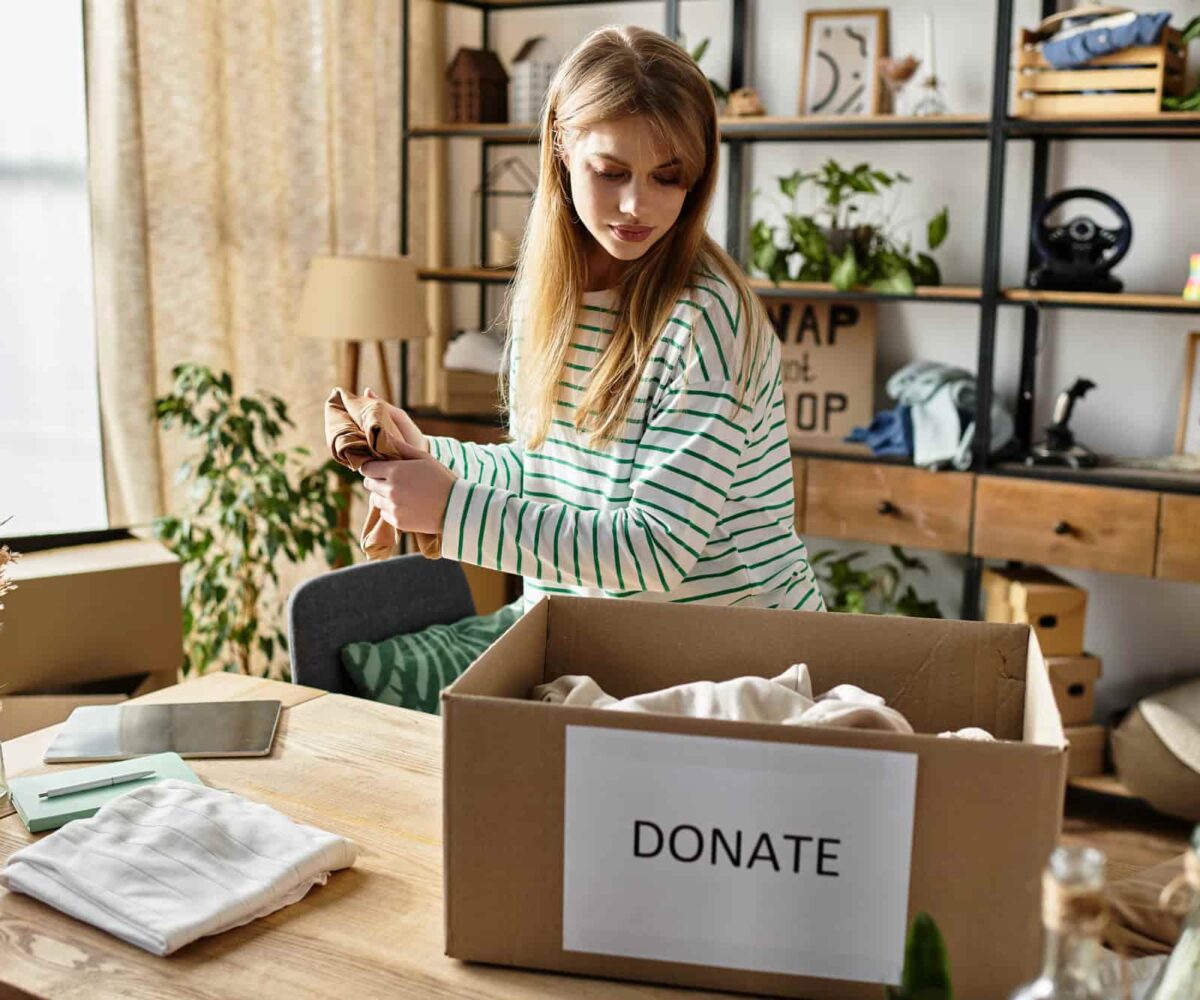Top Eco-Friendly Organization Tips To Cut Waste and Clutter

As more people embrace greener lifestyles, eco-friendly organization strategies have become a smart way to align environmental values with daily routines. Decluttering doesn’t have to mean dumping everything in a landfill. By approaching organization through a low-waste lens, you can create a streamlined home while reducing your environmental impact. These tips help you cut both clutter and waste, one thoughtful decision at a time.
Adopt a Zero-Waste Declutter Mindset
Start by setting clear goals that support sustainable living: reduce, reuse, and recycle. These principles will guide every organizing choice you make.
Before diving into a purge, pause to visualize your ideal minimal space. What items support your life now — not five years ago? Let that vision lead the process, helping you keep only what adds real value without generating unnecessary waste.
Audit Belongings Room by Room
Tackle your space methodically, sorting items by category: keep, repair, donate, recycle. This structure helps you stay intentional and eco-conscious. Take “before” photos of cluttered areas to visually track your progress. Not only is it motivating, but it also makes the transformation more rewarding and reinforces your commitment to thoughtful consumption.
Gear Up With Reusable Sorting and Storage Supplies
Stock up on sustainable tools like collapsible crates, bamboo or recycled-plastic bins, and compostable trash bags. These durable solutions help you sort and store items efficiently without generating single-use waste. Sturdy containers also come in handy if you’re placing items in a self-storage unit, protecting belongings from damage and extending their usability.
Choose Durable Bins Over Cardboard Boxes
Plastic bins (ideally made from recycled materials) offer protection from moisture, pests, and wear and tear. They’re stackable, long-lasting, and perfect for self-storage. Use small bins for heavy items like books, medium ones for clothing, and large ones for bulky seasonal gear. Investing in a few quality bins today means fewer boxes ending up in the trash tomorrow.
Label Creatively With Upcycled Materials
Get crafty with materials you already have — cereal boxes, shipping boxes, and brown paper bags all make excellent labels. Cut them into tags and punch a hole for stringing, or tape them directly onto bins. Use water-based pens or pencils for easy edits. Add personal flair with stamps, hand lettering, or colorful fabric scraps to make your labels both functional and fun.
Repurpose, Repair, or Donate Before You Toss
As you organize, think twice before throwing anything out. Can it be fixed? Try hand-sewing torn clothing, tightening furniture screws, or ordering spare parts for small appliances. If it’s still usable but not for you, donate it. Many communities have donation centers for everything from building materials to electronics. Keeping items out of landfills starts with thinking creatively about giving items a second life.
Store Seasonally To Extend Item Lifespans
Items like holiday decor, sporting equipment, and patio furniture don’t need year-round closet space. Off-season storage protects them from wear and reduces the urge to rebuy. A dedicated storage unit can safely hold large, infrequently used items — especially helpful in regions with extreme weather. For instance, in hot, humid areas like Louisiana, storing items away from the elements is key to preventing mold, warping, or fading.
Pick Climate-Controlled Self-Storage for Sensitive Goods
Certain items, like heirloom fabrics, vintage electronics, photo albums, and musical instruments, need stable environments. Choose a climate-controlled unit that maintains a steady temperature (around 55 to 80 degrees Fahrenheit) and moderate humidity (30-50%). This protection keeps your belongings in usable condition longer, reduces damage-related waste, and makes your investment in quality goods go further.
Build Low-Waste Habits To Keep Clutter From Creeping Back
Sustainably organizing your home is an ongoing process. That’s why it’s important to build habits that you’ll not just embrace now, but that you’ll stick to in the future.
To that end, adopt a “one in, one out” rule for purchases — if you bring something new in, something old must go. Set a monthly 15-minute micro-declutter per room to keep things manageable. Lastly, track what you donate or throw away to stay aware of your consumption patterns and make smarter decisions moving forward. These mindful waste habits benefit both your personal space as well as the environment, laying the foundation for a cleaner, more sustainable future.